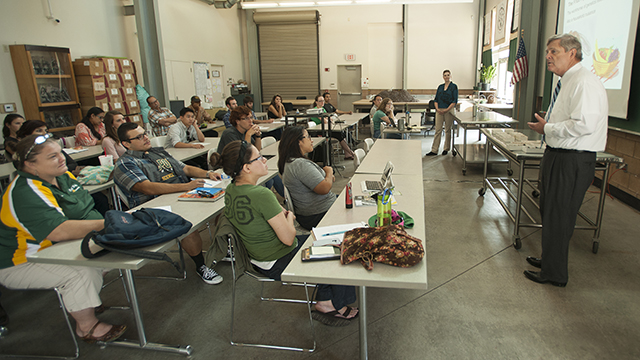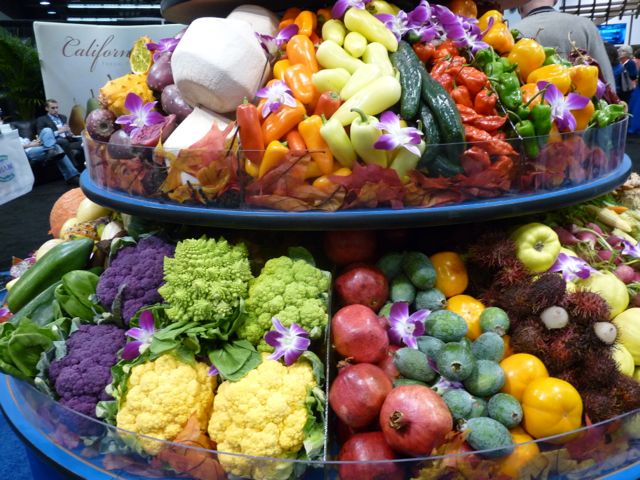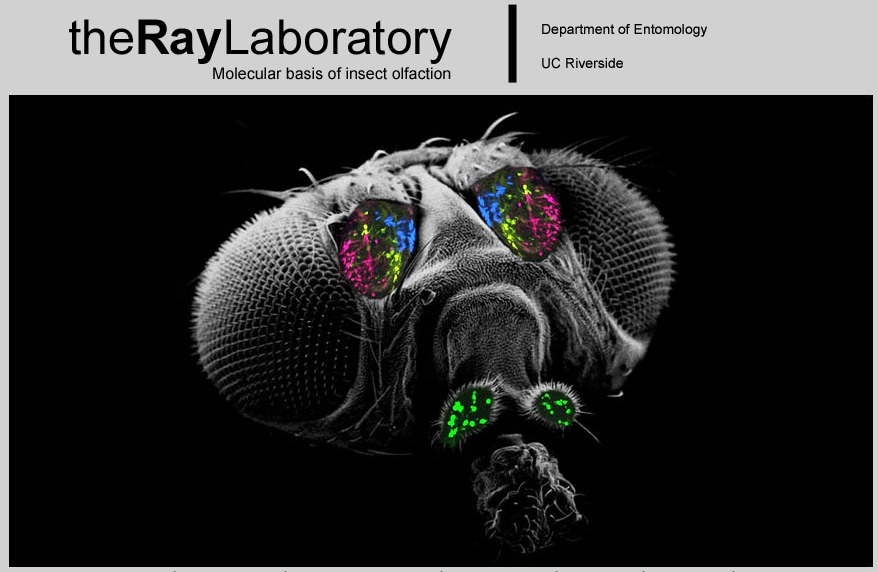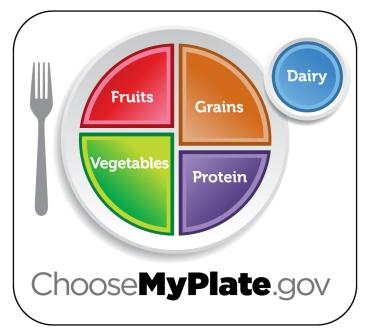Farmers, Agriculture Technology Providers Reach Agreement on Big Data Privacy and Security Principles Expected to Accelerate Technology Adoption
By: Monique Bienvenue; Cal Ag Today Social Media Manager/Reporter
A coalition of major farm organizations and agriculture technology providers (ATPs) announced an agreement on data privacy and security principles that will encourage the use and development of a full range of innovative, technology-driven tools and services to boost the productivity, efficiency and profitability of American agriculture.
The coalition supporting the principles includes: American Farm Bureau Federation, American Soybean Association, Beck’s Hybrids, Dow AgroSciences LLC, DuPont Pioneer, John Deere, National Association of Wheat Growers, National Corn Growers Association, National Farmers Union, Raven Industries, The Climate Corporation – a division of Monsanto, and USA Rice Federation.
“The principles released today provide a measure of needed certainty to farmers regarding the protection of their data,” said American Farm Bureau President Bob Stallman. “Farmers using these technology-driven tools will help feed a growing world while also providing quantifiable environmental benefits. These principles are meant to be inclusive and we hope other farm organizations and ATPs join this collaborative effort in protecting farm-level data as well as educating farmers about this revolutionary technology.”
The principles promise to greatly accelerate the move to the next generation of agricultural data technology, which includes in-cab displays, mobile devices and wireless-enabled precision agriculture that has already begun to boost farm productivity across the United States.
Central to the effort surrounding the principles will be grower education initiatives that will include an easy-to-use transparency evaluation tool for farmers. The tool would allow farmers to compare and contrast specific issues within ATP contracts and to see how the contracts align with these agreed-upon principles, and how ATPs manage and use farmers’ data.
“The privacy and security principles that underpin these emerging technologies, whether related to how data is gathered, protected and shared, must be transparent and secure. On this matter, we all agree,” said Stallman. “Farmers are excited about this new technology front, which is why Farm Bureau asked these groups to come together and begin this collaborative dialogue.”
The principles cover a wide range of issues that must be addressed before most farmers will feel assured to share their private business information with data providers. Highlights include:
- Ownership: The group believes that farmers own information generated on their farming operations. However, farming is complex and dynamic and it is the responsibility of the farmer to agree upon data use and sharing with the other stakeholders with an economic interest such as the tenant, landowner, cooperative, owner of the precision agriculture system hardware, and/or ATP etc. The farmer contracting with the ATP is responsible for ensuring that only the data they own or have permission to use is included in the account with the ATP.
- Collection, Access and Control: An ATP’s collection, access and use of farm data should be granted only with the affirmative and explicit consent of the farmer.
- Notice: Farmers must be notified that their data is being collected and about how the farm data will be disclosed and used.
- Third-party access and use: Farmers and ranchers also need to know who, if anyone, will have access to their data beyond the primary ATP and how they will use it.
- Transparency and Consistency: ATPs shall notify farmers about the purposes for which they collect and use farm data. They should provide information about how farmers can contact the ATP with any inquiries or complaints, the types of third parties to which they disclose the data, and the choices the ATP offers for limiting its use and disclosure.
- Choice: ATPs should explain the effects and abilities of a farmer’s decision to opt in, opt out or disable the availability of services and features offered by the ATP.
- Portability: Within the context of the agreement and retention policy, farmers should be able to retrieve their data for storage or use in other systems, with the exception of the data that has been made anonymous or aggregated and is no longer specifically identifiable.
- Data Availability: ATPs agree they should provide for the removal, secure destruction and return of original farm data from the ATP, and any third party with whom the ATP has shared the data, upon request by the account holder or after a pre-agreed period of time.
- Market Speculation: ATPs will not use farm data to illegally speculate in commodity markets.
- Liability & Security Safeguards: The ATP should clearly define terms of liability. Farm data should be protected with reasonable security safeguards against risks such as loss or unauthorized access, destruction, use, modification or disclosure.
Privacy and Security Principles for Farm Data can be found here: http://bit.ly/1zjQ4Sk.
























